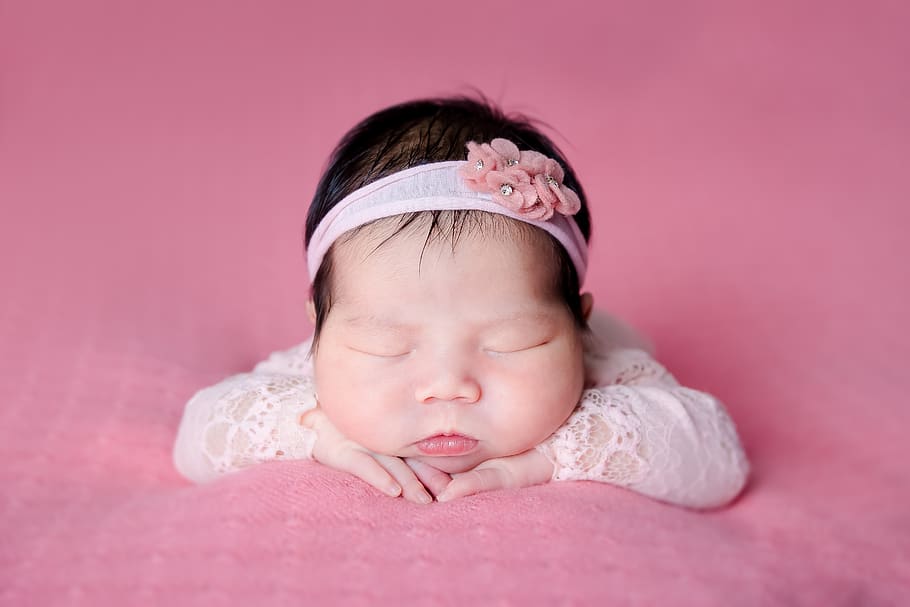“When can you leave a baby alone in a room?”
Parents can’t stay in the nursery with their baby forever and everyone needs a break even if for a short time. But a few seconds is all it takes for mishaps to happen – so, every parent needs to be alert and attend to their baby at a moment’s notice.
So, does this mean that you can never leave a baby alone in a room?
That is precisely the topic of this guide. Here we will cover:
- 5 Tips on how to safely leave a baby alone in a room
- 7 Situations when can you leave a baby alone in a room
- And more…
When Can you Leave a Baby Alone in a Room?
There are no rules when it comes to leaving a baby alone in a room. The important thing is to ensure your child’s safety. Normally, it is okay to leave a child of 2-3 years alone for a few minutes as long as you are in a position to hear and attend to it right away.
7 Situations When Can You Leave a Baby Alone in a Room?
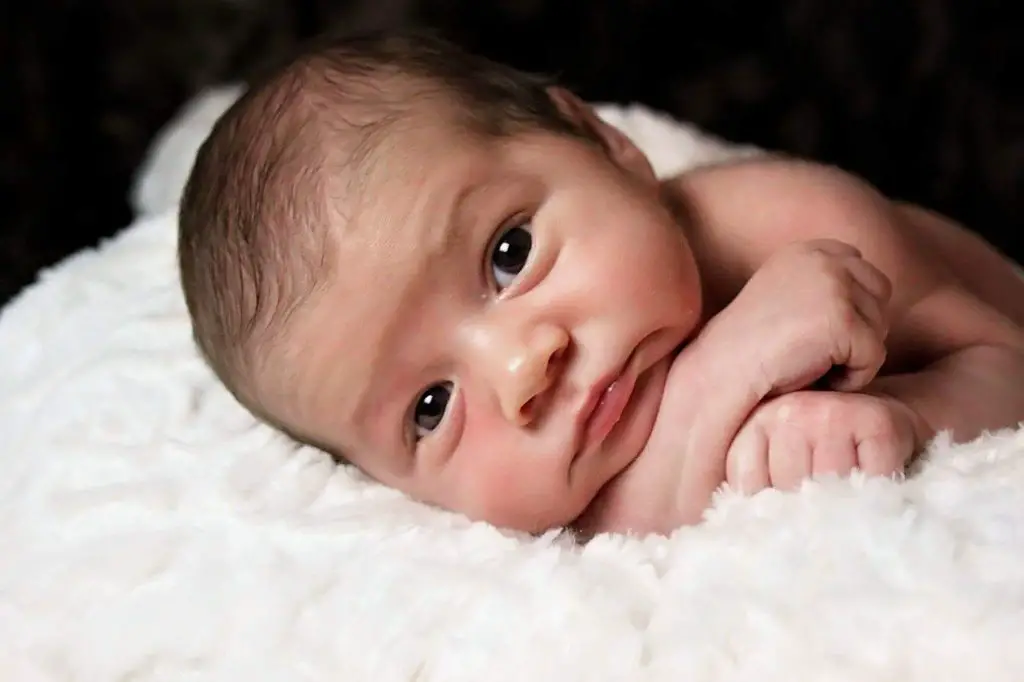
1) Only once your baby is 2-3 years of age
A child of 2-3 years is capable of walking or running to you should it need you. That is why it is generally safe to leave a toddler alone for a few minutes to make a quick trip to the bathroom or to the kitchen for a glass of water.
However, even at this age, children are vulnerable to hazards: open windows, a bucket or tub filled with water in the bathroom, small toys, coins that can be swallowed, or dangling cords from electrical items.
So, if you plan on leaving your toddler alone in its room, make sure that the room is child-proof.
Ensure there are no sharp corners on furniture or cords that your child can pull. Always talk to your child and let it know that you will be back quickly. Give your child a toy to keep it occupied and distracted.
As far as possible, it is best to take your young baby with you to the kitchen or ask another adult or the older sibling to watch the baby.
2) As long as you are in a position to hear your baby
Never for once think that you can make a quick trip to the grocery store and pop in right-back while your baby is asleep in its crib or bassinet. Infants seem to have a sixth sense and invariably wake up when they are alone at home.
Sometimes, parents leave their sleeping baby in the crib or bassinet and run to the grocery store only to have the child wake up due to a wet diaper or colic troubles.
You certainly do not want your baby to cry all the while you are gone. If needed, get a neighbor or a babysitter to watch your baby while you run important errands or schedule your grocery trips on weekends while your partner is home.
If you do plan to leave the house while your baby is sleeping, make sure you’re in a position to hear it when it wakes up. You can either use a portable baby monitor(as long as there are no cords dangling in the crib which the baby could pull at the risk of strangulation hazards) or you can use a mobile app that shows you your baby on your SmartPhone screen.
A 2-way baby monitor is worth a mention here – such baby monitors let you talk or sing to your baby in case you are a while getting back home. This can considerably assure your baby that you’re close by.
3) Only if the baby is asleep
You could leave a baby alone in a room as long as it is in deep sleep. Most babies have fixed sleep cycles and parents soon learn to decipher these. A mother can also tell when her child will be fast asleep during the day. In such a case, you could get some rest or “me” time in your own room or have a relaxing bath or quickly complete your cooking in the kitchen.
A word of caution here: Even if your baby is fast asleep we would not advise leaving the house. It is best to stay in close proximity.
4) Only if you’re planning to be somewhere in the house
Another circumstance when you could consider leaving your baby alone is if it is sleeping safely in its crib or bassinet, while you work or relax in an adjacent room, or make a quick trip to the bathroom. If you plan to sit in the yard, make sure you can hear the baby cry.
If you live in a large house where you cannot be sure you can hear your baby through closed doors, then make use of a baby monitor. Of course, this is only reliable as long as it has good coverage with long-range, in case you plan to sit in the yard or work in the basement a few floors below the nursery.
Don’t forget to keep the baby monitor charged and check it every now and then. This is important for your baby’s safety.

As mentioned earlier, check to ensure your baby is safe in its crib or bassinet and that means no dangling cords or objects that can lead to choking hazards or strangulation.
You should ideally be in a position to rush to your baby should it stir or start crying or making those tiny baby noises.
Remember: If you are working in a noisy environment ( working the lawnmower in the yard or operating noisy kitchen gadgets, or watching a loud TV show), then use a video baby monitor so you can check on your child from time to time).
Nothing can take the place of checking on your baby once in a while to make sure everything is okay. Peek in every once in a while and get a reason to smile!
5) As long as your baby isn’t too warm
Warmer temperatures or a rise in temperatures by even a few degrees can increase the risk of SIDS in newborn babies. That is why it is very important to check that the baby isn’t too warm – both in winters and summers.
In winters avoid swaddling the baby in too many layers – it could get overheated and uncomfortable. In both seasons, make sure the room is at a comfortable temperature between 68 and 72 F (20 to 22 C) which is considered the optimum temperature for babies to sleep in.
Some pediatricians advise using the less is more approach when dressing the baby for sleeping. This is important from the point of view of preventing SIDS in case you plan to leave the baby alone when it is napping.
6) As long as there are other adults in the house
Everyone will agree that parenting is a tough job and that every parent needs help from time to time.
If you have to leave your baby alone to quickly take a hot bath or enjoy a hot cup of coffee, then it is best to do so when you have a family member around to watch the baby.
After all, when it comes to a new baby, two (or more!) pairs of eyes and ears are always better and can go a long way in keeping your child safe. Having help can also give you some much-needed rest and prevent post-partum depression in mommies.
7) Only if the room your baby is in is 100% baby-proof
This one goes without saying. Always make sure that your baby is completely safe. If your baby has started crawling or standing up and taking a few steps, then the following steps are very important:
- Cover all electrical cords
- Use cordless blinds
- Section off staircases with baby gates
- Secure toilet paper rolls
- Keep bathrooms closed
- Keep drawers locked
- Mind your pets
- Cover sharp edges of tables with corner cards
- Check smoke and carbon monoxide detectors
- Keep cleaning supplies out of baby’s reach
Can You Leave a Newborn Alone to Sleep?
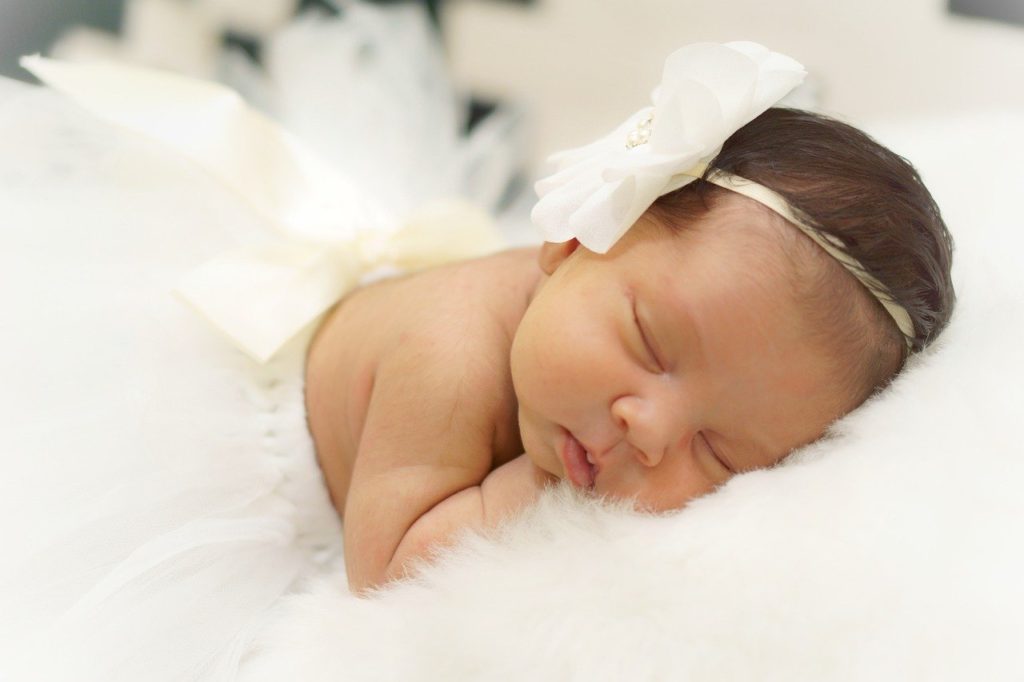
The American Academy of Pediatrics recommends sleeping in the same room (without bed-sharing) until your baby is at least 6 months to 1 year old.
This means that you can place your child’s crib or bassinet in your room by the foot of your bed or place it on a comfortably thick mattress on the floor by your bed or use a rocking chair or a portable crib.
That way, you can quickly wake up and attend to your baby when it awakens, and feeding it will also be easier. Remember: the AAP recommends co-sleeping in the same room but not bed-sharing as that can increase SIDS risk.
Most newborn babies have different sleep cycles although, on average, most sleep between 14-16 hours in a 24 hour period. Most infants also nap 3-4 times during the day but this is an alert sort of sleep where they wake up several times within short periods.
During the day, it is best to nap in the same room as your baby (although you can also quickly complete your chores). If you choose the latter, do make sure you can hear your baby should it awaken. A baby monitor can be very useful in this aspect.
Can I shower While My Newborn Sleeps?
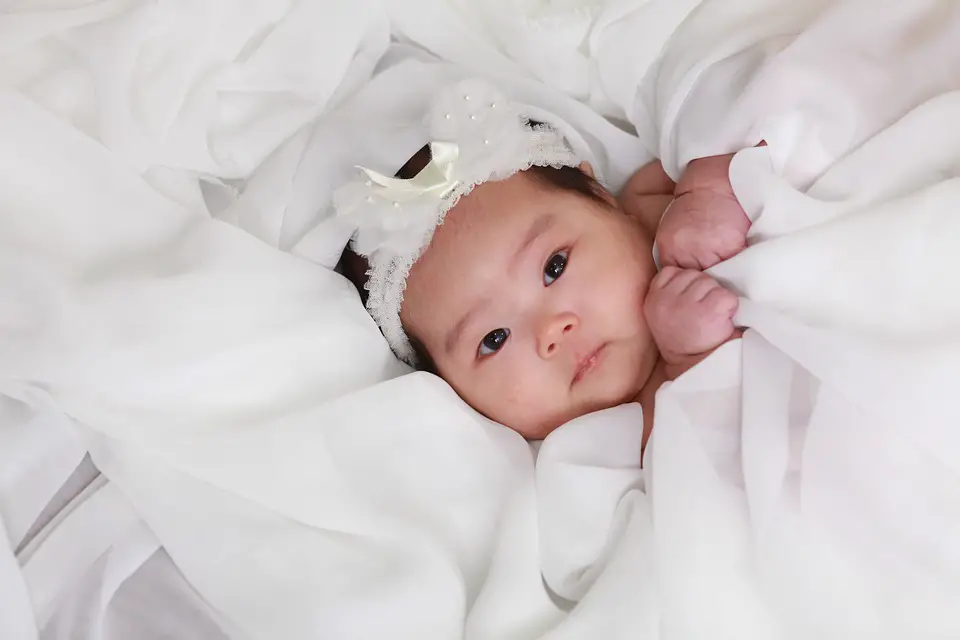
As far as possible, try scheduling your showers when your partner or another adult can watch over your baby.
In case you need to wash up while your baby is asleep, leave the bathroom door slightly ajar so you can hear your baby cry.
If possible, bring the baby to the bathroom in its rocker or portable crib – though only if it is absolutely necessary.
Alternatively, use a baby monitor with a video function so you can keep an eye on your sleeping or playing baby while you take a very quick shower.
5 Tips To Leave a Baby Alone in a Room Safely
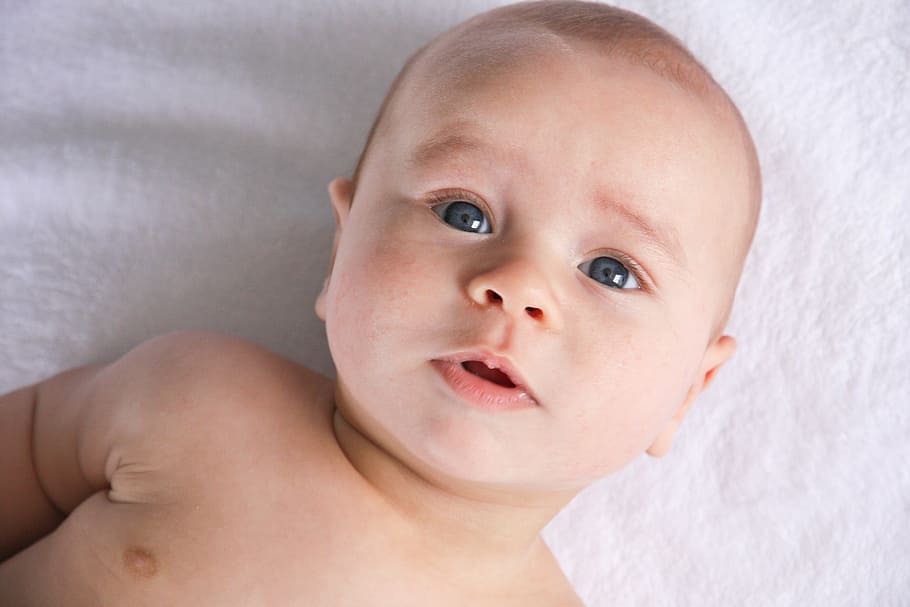
Here are some more tips for safely leaving a baby alone in a room:
1. Use a baby monitor
There are several benefits of using a baby monitor. You can safely leave your baby to have a quick shower while it is napping. Most importantly, you can take a well-deserved nap too.
Some baby monitors with a wider range even allow you to work in a remote part of the house while the baby naps in the nursery. You can even sing a lullaby or talk to your baby with 2-way communication.
2. Ensure complete safety for the child
Always ensure that your baby is completely safe before leaving it alone.
Remove all choking hazards like pillows, plush toys, etc. Make sure there are no dangling cords that could strangulate or lead to electric shocks. Ensure that the room temperature is comfortable and that the baby isn’t over-dressed.
If your baby is old enough to stand up in its pen/crib, then do not leave it alone – especially if you are not using a baby monitor.
3. Use playpens and play mats
Enclosed playpens and playmats provide hours of fun to toddlers and crawling babies while also ensuring their safety.
Moreover, high-end baby playpens and playmats enhance cognitive development, improve motor skills, and provide many health benefits to a growing baby.
4. Bring your child with you
As far as possible, bring your baby with you to the kitchen or the bathroom. You can use your child’s car seat or rocker with straps to keep it safe in the seat. You can safely place the rocker/portable crib on the kitchen floor or in the dining area while cooking. This can help you keep an eye on your child.
5. Attach some interesting toys over its crib
There are many over-the-crib toys that you can safely attach to your baby’s crib or bassinet. Make sure these toys are safely attached. Ensure they won’t fall and aren’t within your child’s reach. Colorful moving toys can be entertaining to your baby and could give you a few moments of peace should you have to leave your baby for a quick bathroom trip.
However, once your baby is old enough to stand up in the crib, remove all hanging toys. This is important to minimize the risk of your baby choking on small parts.
